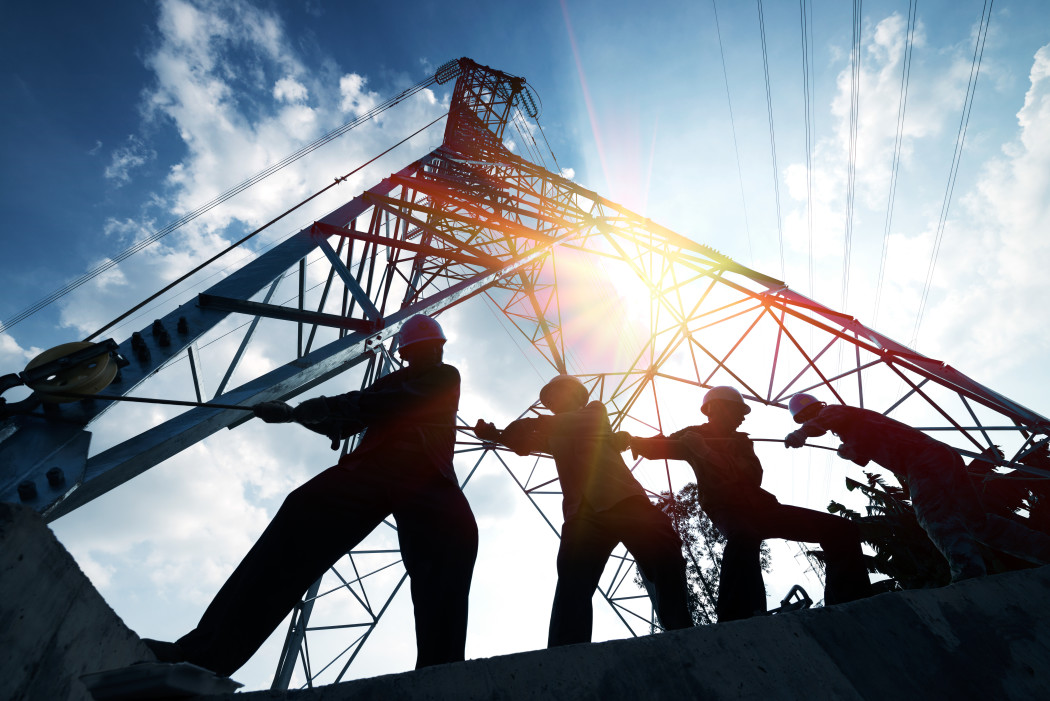
About
The power sector in the Philippines is undergoing many changes – the demand for energy continues to rise and there is still a lot of work to be done to meet the country’s growing needs.
Consider these: Due to its rising population and growing economy, the country needed 75, 266 gigagwatt-hours (GWh) in 2013 alone. 72.84% went to Luzon, 14.75% to Visayas, and 12.41% to Mindanao. The electricity sector has 22.9 percent average share and is foreseen to grow at 3.8 percent annually.
Similarly, over the next few years, the Philippines will need 13, 166.7 MW of new capacities to meet the domestic power requirement. A total of 1, 766.7 MW will come from committed power projects while the remaining 11, 400 MW will be open to investments from the private sector.
The transport sector comprises of an annual average share of 33.7 percent, followed by the industry sector, with an average share of 34.1 percent. They are expected to post an annual average growth rate of 2.9 percent and 5.1 percent, respectively.
Oil, which accounted for almost 50 percent share of the total energy demand in 2011, is still expected to have an average share of 43.5 percent. Biofuel blends are projected to have a 20 percent share for biodiesel and bioethanol by 2025 and 2020, respectively, and more CNG public transport vehicles and e-trikes are expected to be rolled out.
The Philippines is vulnerable to extreme weather patterns. Being an archipelago, the country mostly consists of islands and provinces situated in coastal areas, which make it vulnerable to flooding. The government has patterned the Philippine Energy Plan to cater to the climate change adaptation strategy and come up with more efficient power transmission and distribution systems, renewable energy projects, and fuel distribution.
In 2014, coal comprised 29 percent of electricity production, with oil contributing 23 percent of power. Hydroelectric power was at 18 percent, natural gas at 14 percent, geothermal power at 10 percent, waste at four percent, and solar, wind and biomass combined made up only two percent of electricity production.
Coal consumption is projected to keep growing at an average 7.8 percent annually. The government is tapping resources to increase indigenous coal production by 100 percent, targeting to reduce coal imports, which currently contributes 70.0 percent average share to the supply requirement of the Philippines. The government is planning to build 25 more coal plants by 2030.
Natural gas is projected to contribute an average share of 9.0 percent to the primary supply, and increase at an annual average growth of 4.9 percent. Majority of the supply of gas will come from Malampaya and other potential fields.
RE contribution will have an average share of over 30 percent to the total energy supply. Currently, the Philippines is the second largest generator of geothermal energy and the top wind producer in the ASEAN.
Power Philippines now comes into the picture to act as an independent online news publication that aims to provide the latest stories on the energy sector.
We will serve to bear witness to the changes in the energy industry, and provide the latest comprehensive and multimedia reports founded on accuracy and fairness.
Power Philippines will be at the center of discussion on all the developments in the energy sector and serve as a pioneer for engagement in smart conversations about one of the largest industries in the country.
